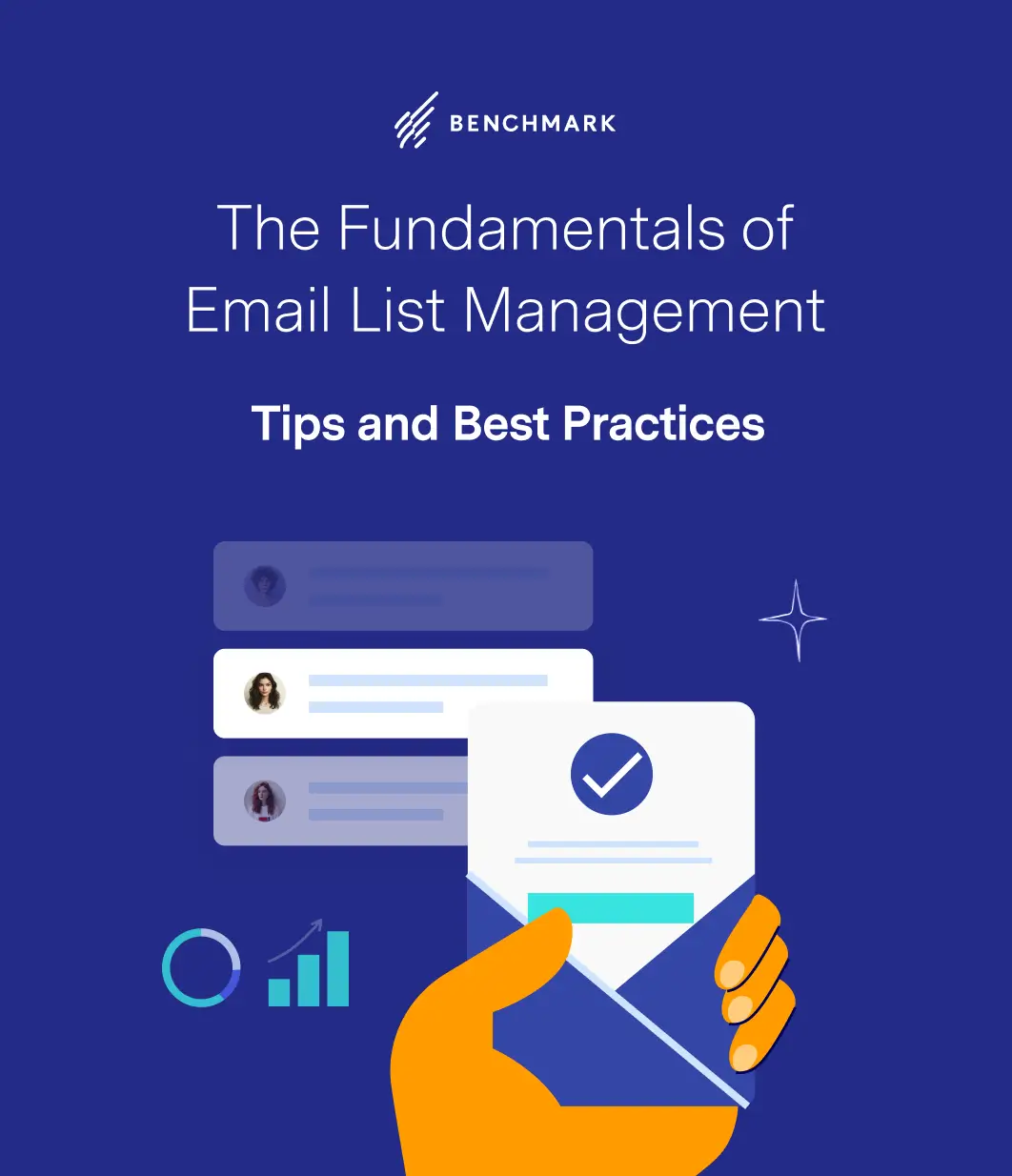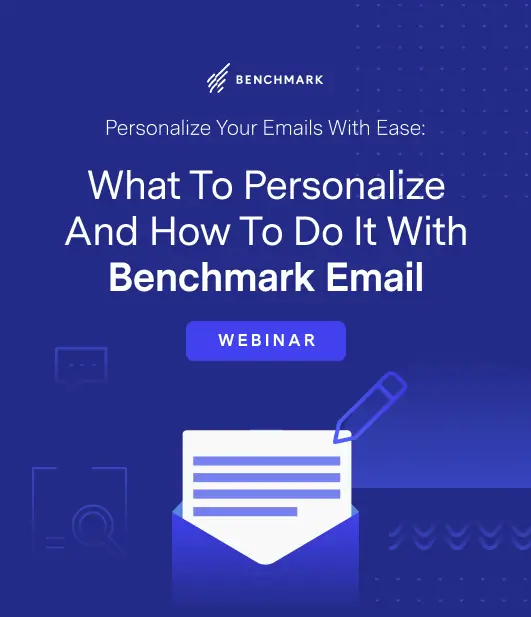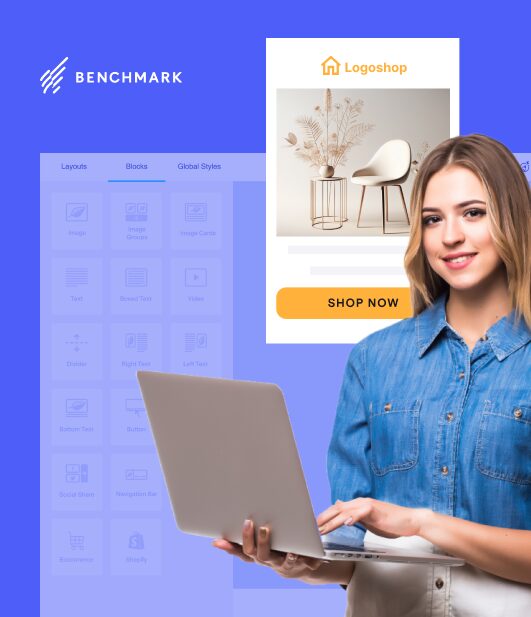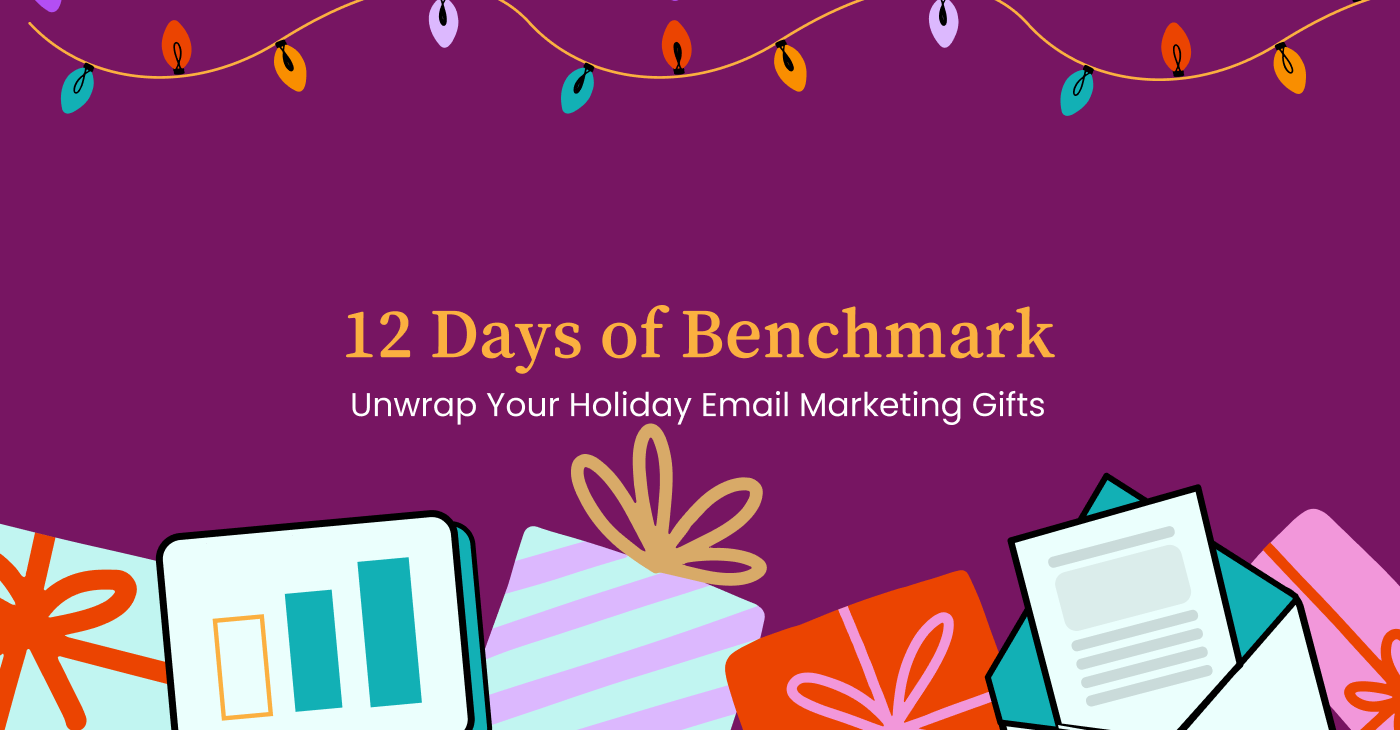The Complete Guide to Email Marketing Automation for Small Businesses
October 8, 2025 8 min read

Email marketing automation is one of the most valuable tools for small businesses looking to communicate with customers efficiently. It helps save time, reduces repetitive tasks, and makes it easier to maintain consistency in messaging.
For small teams or solo marketers, automation can simplify the process of sending the right message to the right person at the right time. Instead of sending each email manually, automation sets up systems that do the work behind the scenes.
This guide explains how automation works, the tools that make it possible, and how small businesses can utilize it to manage communication effectively.
What Is Email Marketing Automation For Small Businesses
Email marketing automation sends emails automatically when specific actions happen. When someone signs up for your newsletter, makes a purchase, or hasn’t opened your emails in a while, the system can respond without you having to do anything.
Unlike regular email marketing, where you create and send each message manually, automation works in the background once it is set up. You create the emails ahead of time and decide when they should be sent.
For example, when a new customer purchases from your online store, they may automatically receive a thank-you email, followed by product recommendations a few days later, and a discount code after two weeks.
This approach works exceptionally well for small businesses with limited time and resources. Once the system is set up, it continues to work while you focus on other aspects of your business.
Why Automation Improves Results For Small Businesses
Email marketing automation helps small businesses get better results by saving time and connecting with customers at the right moment.
Many small business owners report saving 5-10 hours each week by automating routine emails, such as welcome messages and order confirmations. This time can be used for other essential tasks.
Automated emails often get more attention than regular promotional emails. Welcome emails, for instance, typically have open rates around 50%, while standard promotional emails average 15-25%.
Timing matters in email marketing. When someone abandons their shopping cart, sending an automatic reminder within an hour can help recover the sale. Many businesses see 10-15% of abandoned carts turn into sales with timely automated messages.
Here’s how manual and automated email marketing compare:
| Task | Manual Approach | Automated Approach |
| Welcome new subscribers | Create and send individual emails | Set up once, sends automatically |
| Follow up after purchase | Remember to send at the right time | Triggers based on purchase date |
| Re-engage inactive customers | Identify and contact manually | Automatically sends after a period of inactivity |
Essential Features In Email Marketing Programs
When selecting an email marketing service with automation, look for these key features that simplify campaign management.
Segmentation And Targeting
Segmentation divides your email list into smaller groups based on what you know about your subscribers. This helps you send more relevant messages.
Simple ways to segment your list include:
- Purchase history
- Location
- How they signed up
- Website pages they’ve visited
When emails match what subscribers care about, they’re more likely to open them and take action. A clothing store might send different emails to customers who typically purchase men’s items versus those who purchase women’s items.

Personalized Templates
Email templates save time by providing ready-made designs you can use repeatedly. Good templates look professional on both computers and phones.
Personalization goes beyond just using someone’s name. You can also include:
- Recent purchases
- Local information
- Special dates (like birthdays)
- Product recommendations based on past interest
Most email campaign software offers drag-and-drop editors, making it easy to customize templates without requiring technical skills.

Personalize Your Emails with Ease: What to Personalize and How to Do it With Benchmark Email
DOWNLOAD NOWAutomation Triggers
Triggers are the events that start an automated email sequence. They’re what make the system work without manual input.
Common triggers that work well for small businesses include:
- New subscriber joins your list
- Customer completes a purchase
- Shopping cart abandoned
- Email opened or link clicked
- Birthday or anniversary date
- No activity for a set period
Setting up a trigger typically involves selecting the event in your email marketing platform and specifying what action to take next.
Analytics Dashboard
Analytics show how your emails are performing and help you make improvements. For small businesses, the most important metrics include:
- Open rate: The percentage of people who open your email
- Click rate: The percentage of clicks on a link
- Conversion rate: The percentage of people who complete a desired action
- Unsubscribe rate: The percentage who opt out
These numbers help you understand what’s working and what needs adjustment. Most email marketing services provide these metrics in an easy-to-read dashboard.
Integration With Other Tools
Your email marketing is more effective when it integrates with other systems your business uses. This allows information to flow between platforms automatically.
Useful integrations include:
- Online store platforms like Shopify or WooCommerce
- Customer relationship management (CRM) systems
- Website forms
- Social media accounts
- Payment processors
These connections help trigger the right emails at the right time based on customer actions across different platforms.
Building Your Email List The Right Way
Before you can send automated emails, you need to have a list of recipients. Building a quality email list is the foundation of successful email marketing.
Lead Magnets That Work
A lead magnet is something valuable you offer for free in exchange for an email address. It gives people a reason to join your list.
Effective lead magnets for small businesses include:
- Helpful guides or checklists
- Discount codes
- Free samples
- Mini-courses
- Quizzes or assessments
The best lead magnets solve a specific problem for your potential customers. A garden center might offer a “Spring Planting Calendar,” while a bakery could provide a “Cake Sizing Guide.”
Place sign-up forms in visible locations on your website, such as the homepage, blog sidebar, and at the end of popular articles.
Organizing Subscribers Effectively
Once people join your list, organize them based on their interests and behaviors. This makes automation more effective.
You can gather information through:
- Questions on your sign-up form
- Website pages they visit
- Products they purchase
- Emails they open and click
Most email marketing services let you add tags or labels to subscribers based on this information. These tags can then trigger specific automated emails.
For example, if someone signs up through a form about dog training, you can tag them as “interested in dog training” and send them related content.
Creating Your First Automated Email Sequence
An automated email sequence is a series of pre-written emails that are sent automatically in response to specific triggers. Here’s how to create one that works.
1. Set A Clear Goal
Every automated sequence needs a purpose. Common goals include:
- Welcoming new subscribers
- Educating customers about products
- Recovering abandoned shopping carts
- Re-engaging inactive subscribers
For example, if your goal is to welcome new subscribers, you might want them to learn about your business, visit your website, and make a first purchase.
2. Choose Your Trigger
The trigger is what starts your automated sequence. For a welcome sequence, the trigger is someone joining your email list.
Other common triggers include:
- Making a purchase
- Abandoning a cart
- Clicking a specific link
- Reaching a milestone (like a birthday)
In your email marketing program, you’ll select this trigger when setting up the automation.
3. Write Effective Emails
Each email in your sequence should move subscribers closer to your goal. Keep messages focused on one central point and include a clear next step.
For a three-part welcome sequence, you might structure it like this:
- Email 1: Welcome and introduction (send immediately)
- Email 2: Valuable information or tips (send 2 days later)
- Email 3: Special offer or invitation (send 5 days later)
Write in a conversational tone and keep emails relatively short. Use a clear subject line that tells subscribers what to expect when they open the email.
4. Test Before Launching
Before activating your automation, thoroughly test it to ensure everything works correctly.
Send test emails to yourself and check:
- Do all links work?
- Does the email look good on mobile devices?
- Are personalization fields working correctly?
- Is the timing between emails appropriate?
Once you confirm everything works, activate the automation and monitor the first few sends to catch any issues.
Measuring Success And Making Improvements
To determine the effectiveness of your automated emails, track key metrics, and use the information to make necessary adjustments.
The most important metrics to track include:
- Open rate: Indicates if your subject lines are effective
- Click rate: Shows if your content and calls to action are working
- Conversion rate: Measures how many people take your desired action
- Revenue generated: Tracks sales directly from your emails
Most email marketing services provide these metrics in their reporting dashboard. Review them regularly to spot trends and opportunities for improvement.
If you notice low open rates, try testing different subject lines. If click rates are low, review your content and calls to action. Make one change at a time so you can see what works.

Ensuring Your Emails Reach The Inbox
For email automation to work, your messages need to reach subscribers’ inboxes rather than their spam folders. This is called deliverability.
- Send only to people who have given permission
- Remove inactive subscribers periodically
- Use a consistent sender name and email address
- Avoid spam trigger words in subject lines
- Include an easy way to unsubscribe
Most email marketing services monitor your deliverability and alert you to potential issues. They also handle technical requirements, such as authentication, that help your emails reach the inbox.

Email Deliverability 101: Understanding the Basics of Making it to the Inbox
DOWNLOAD NOWGetting Started With Benchmark Email
Benchmark Email offers tools that make email marketing automation accessible for small businesses. The platform includes visual automation builders, pre-designed templates, and analytics to track results.
Features particularly helpful for beginners include:
- Drag-and-drop email editor
- Pre-built automation workflows
- List segmentation tools
- Mobile-responsive templates
- Integration with popular platforms
To explore these features, you can create a free account at Benchmark Email.

Sign up for a free Benchmark Email account today!
SIGN UP FREEFAQs About Email Marketing Automation For Small Businesses
How much does email marketing automation cost for small businesses?
Email marketing automation typically costs between $15 and $50 per month for small businesses, depending on the subscriber count and features required. Many providers, such as Benchmark Email, offer free starter plans with basic automation for lists with 500-2,000 subscribers. Our paid plans start at just $13.
Which types of automated emails get the best results for small businesses?
Welcome emails, abandoned cart reminders, and post-purchase follow-ups typically generate the highest engagement and revenue for small businesses. These automated emails respond directly to customer actions, making them more relevant and timely.
How can I tell if my automated email campaigns are working?
Track open rates, click rates, conversion rates, and revenue generated from each automated sequence. Compare these metrics to your regular emails and industry benchmarks to gauge performance. Most email platforms provide these analytics in their reporting dashboard.
How can I make automated emails feel more personal and less robotic?
Use the subscriber’s name, reference their specific actions or interests, and write in a conversational tone—time-based emails based on their behavior rather than arbitrary schedules. Avoid generic language and instead focus on content relevant to each subscriber segment.
What are the biggest mistakes to avoid with email marketing automation?
The biggest mistakes include sending too many emails too quickly, not testing automations before launching, using overly promotional language, neglecting to update outdated sequences, and failing to segment subscribers based on their interests and behaviors.
Benchmark Recommends
See all articles
How to Segment Your List for Holiday Sales (Without the Headache)
The Rise of ‘Inbox Fatigue’ and How Smart Marketers Are Responding
A powerfully simple email marketing platform
Sign up for free to see how effortless email marketing can be.
Our Company
Compare
Solutions
Compare
Account
© Polaris Software, LLC 粤ICP备14001834号 Benchmark Email® is a registered trademark of Polaris Software, LLC
© Polaris Software, LLC 粤ICP备14001834号
Benchmark Email® is a registered trademark of Polaris Software, LLC



